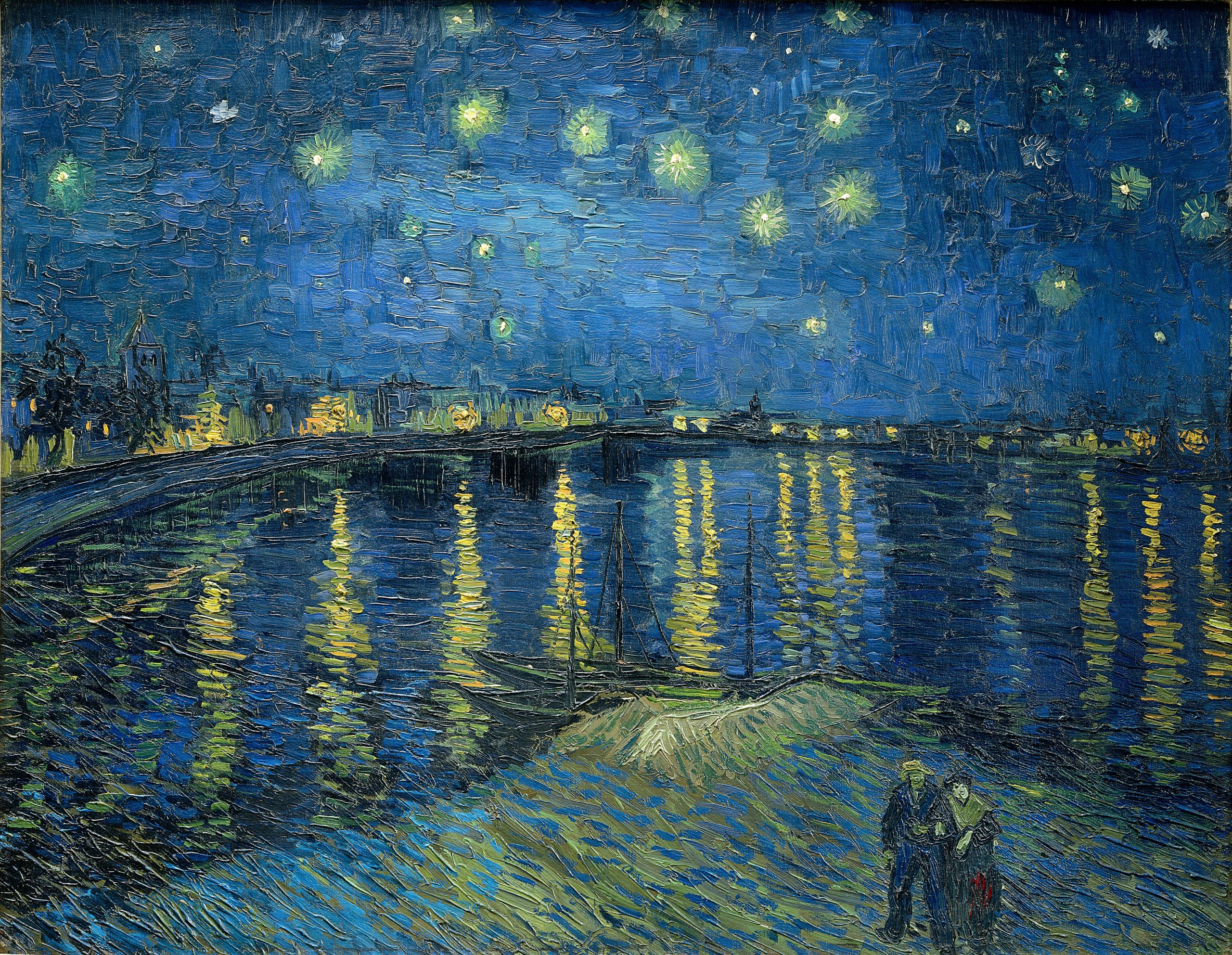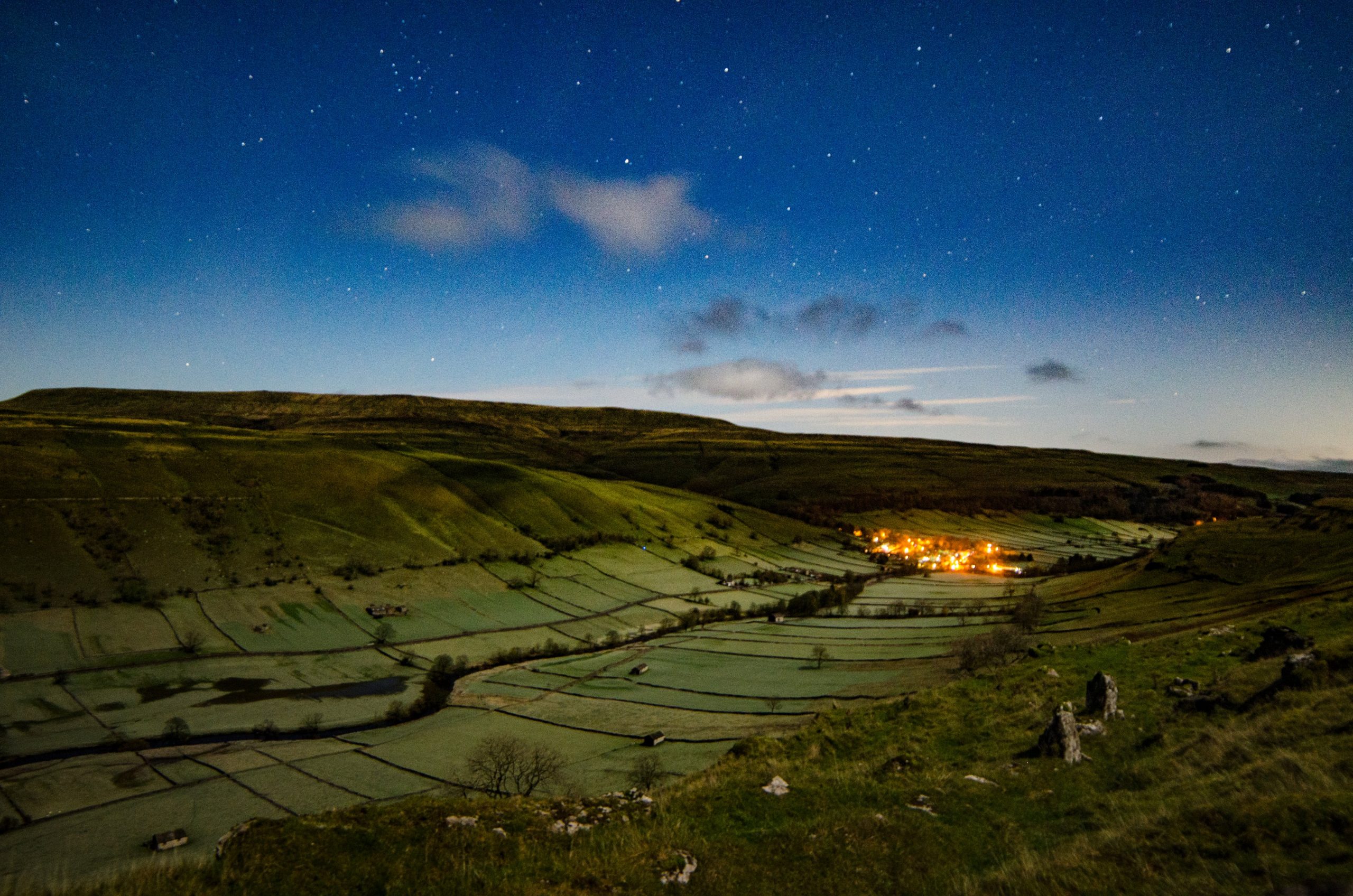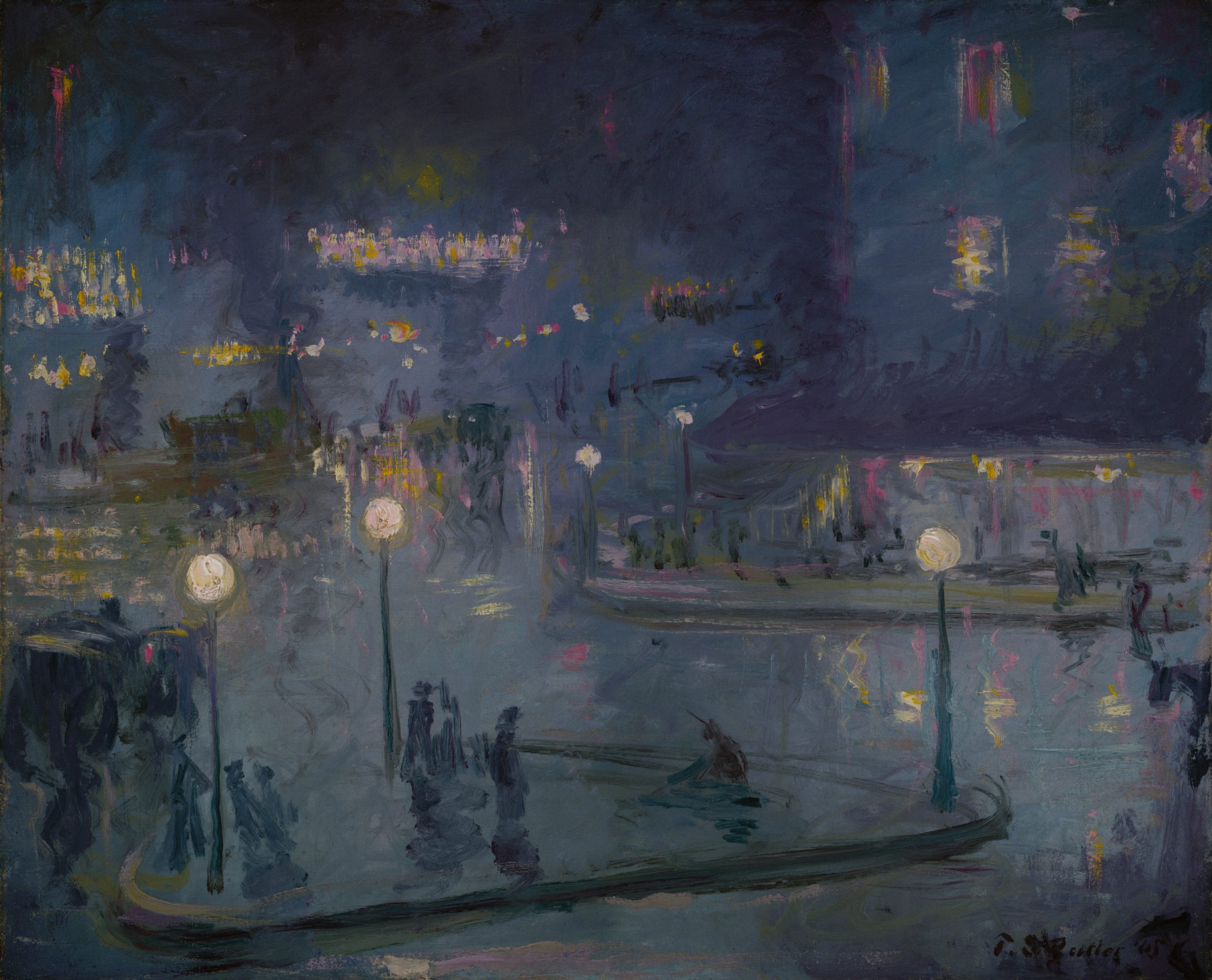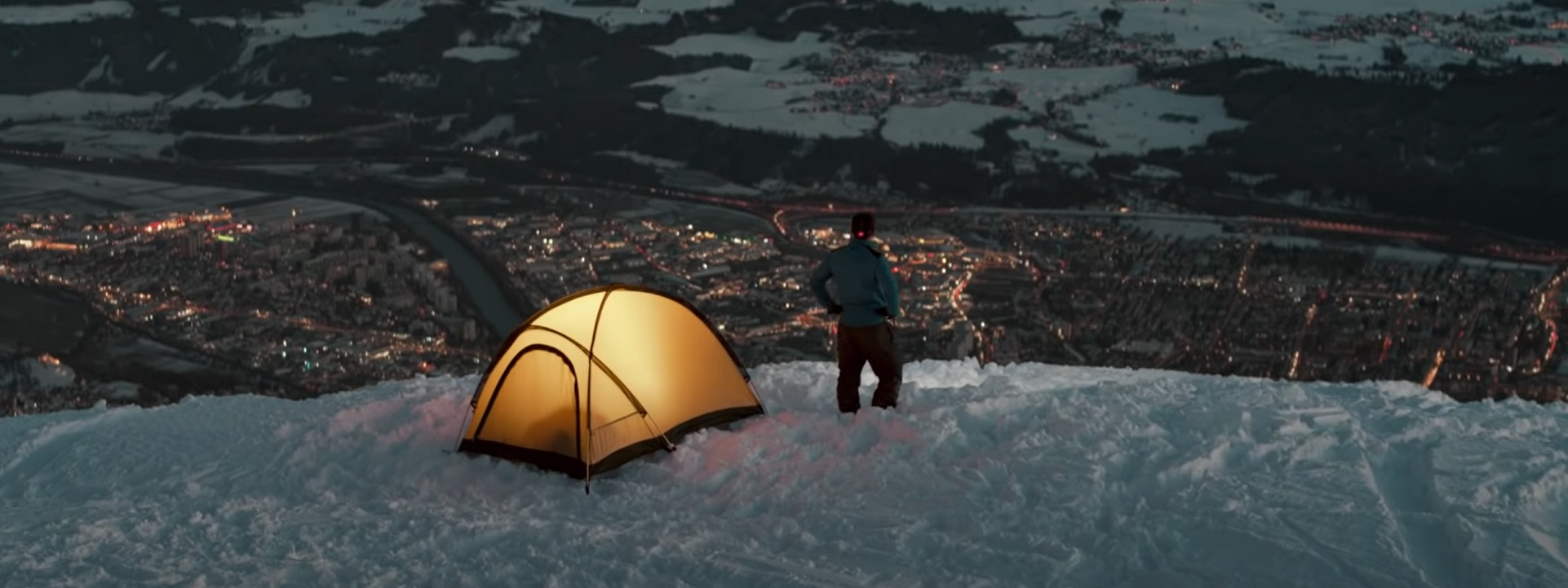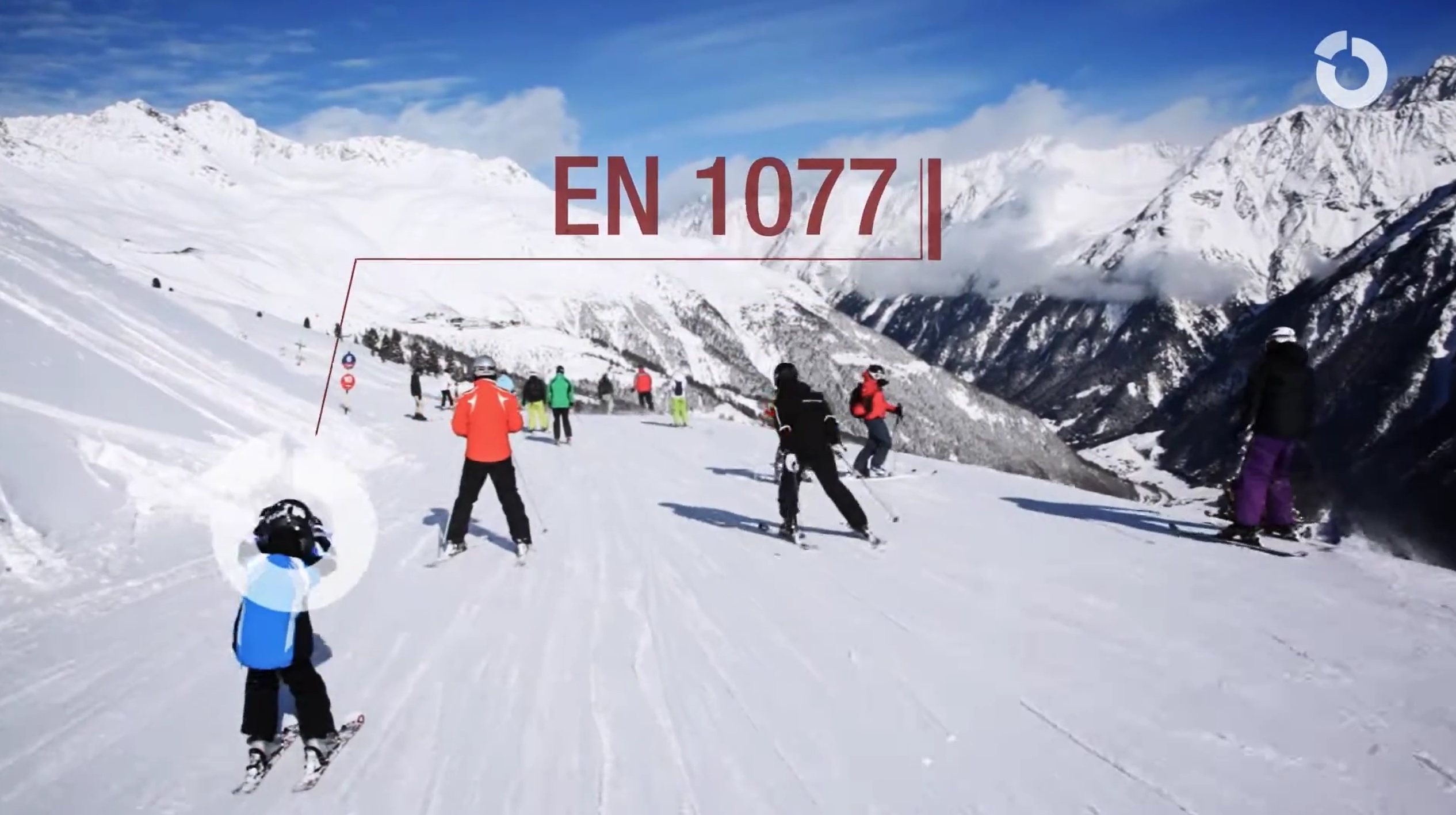I often think that the night is more alive
and more richly colored than the day.
– Vincent van Gogh
The International Commission on Illumination — is devoted to worldwide cooperation and the exchange of information on all matters relating to the science and art of light and lighting, colour and vision, photobiology and image technology. The landing page for its standards setting enterprise is linked below:
With strong technical, scientific and cultural foundations, the CIE is an independent, non-profit organization that serves member countries on a voluntary basis. Since its inception in 1913, the CIE has become a professional organization and has been accepted as representing the best authority on the subject and as such is recognized by ISO as an international standardization body.
Illumination technologies influence designs in architectural design, public safety and energy economics in all education communities. We find CIE titles referenced in ISO and IEC standards. Because ISO and IEC standards are incorporated by referenced in the best practice literature published by standards setting organizations in every nation with a private standards setting body (such as ANSI, BSI, DIN, etc.) the CIE titles are worthy of our attention.
We only have resources to track a few of them:
ISO/CIE 20086:2019(E) Light and Lighting — Energy Performance of Lighting in Buildings
ISO 30061:2007(E)/CIE S 020/E:2007 Emergency Lighting
CIE S 015/E:2005 Lighting of outdoor work places
ISO 8995-1:2002(E)/CIE S 008/E:2001 Lighting of Work Places – Part 1: Indoor
There are others that we may track in the fullness of time. Getting illumination technology right is subtle art. The energy to drive normal, steady-state illumination usually consumes 25 to 40 percent of building energy but application of the art — which includes control — can reduce that.
We maintain CIE titles on our periodic Energy, Global, Interiors and Illumination colloquia. See our CALENDAR for the next online meeting; open to everyone.
The “Dark Ages” produced the most divine vessels of light ever built.
Sainte-Chapelle:pic.twitter.com/B2lPLtWEVx
— Culture Critic (@Culture_Crit) February 12, 2024
LEARN MORE:



